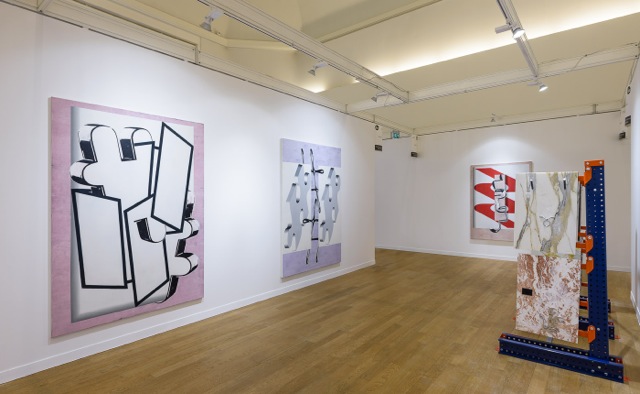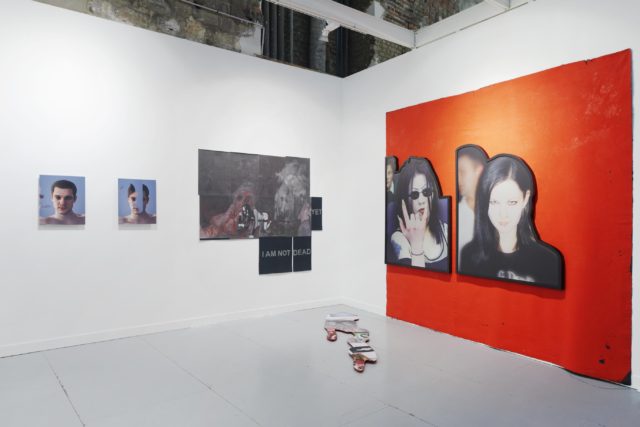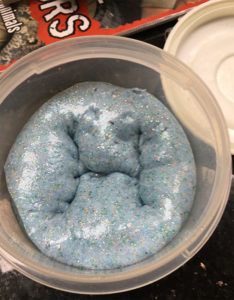A growing number of fringe fairs and exhibitions have been cropping up in Paris in October. Capitalizing on the international visitors that La Foire Internationale de l’Art Contemporain (FIAC) attracts, Paris Internationale’s second edition makes its mark on the city, attracting global attention with only 11 galleries and organisations being French.
Following its inauguration last year, the event quickly became known as the younger, edgier art fair. Remaining true to its beginnings, the casual and domestic location provides room for transaction and dialogue, as well as a more viewer-oriented space. Doubling in size, the updated festival format boasts a new location in a 19th century mansion in the heart of the affluent 16th arrondissement, just a stone’s throw away from the iconic Arc de Triomphe. The four-storey building — once the Parisian residence of art collector Calouste Gulbenkian — has exhibits spread throughout, including the servants quarters and the stairs. Grand and sophisticated, it is a far cry from the stark ambience of last year’s location on Avenue d’Iéna.
The upper floors are, to a degree, overshadowed by the grandeur of the mansion and its panoramic views of the city, with the exception of Arcadia Missa. Extending their space by placing a video in the narrow stairs outside a relatively small room, the London-based gallery presents the first of Amalia Ulman’s lenticular prints outside, with another two hung side-by-side inside. Presented in the style of The New Yorker cartoon strips, these self portraits are accessible yet darkly humorous, perspectives shifting slightly depending on the viewing angle.

The less magnificent tiled basement houses the younger galleries and project spaces in a refreshing reminder of how interesting displays and approaches can still exist within the art fair economy. In the slightly ominous and dimly-lit former servants quarters, LA-based gallery Château Shatto present French philosopher Jean Baudrillard’s photography. Three landscape photographs are hung above a fitted kitchenette offering a moment of aesthetic familiarity, displacing the otherwise faux spatiality of the art fair.
David Rappeneau, represented by New York-based gallery Queer Thoughts, presents mundane images bordering on the dystopian; young, outsider adults and teens belonging to an apparently lost generation. By mere coincidence Julien Ceccaldi’s work presented at Los Angeles gallery Jenny’s upstairs connects with the same themes with slightly more humor. Paintings saturated with colour depict his signature androgynous and slightly neurotic characters that have stylistic roots in Manga-type figuration.
It’s refreshing to see Section 7 Books, one of Paris’s most respected bookstores at Paris Internationale and one of only seven French project spaces included in the line up. The scarcity of these kinds of organisations indicate shifting priorities. This more polished and shiny edition might look better, but it has also sacrificed the element of randomness and unpredictability that made last year’s edition so special.

A few metro stops away from Paris Internationale is the main event, La Foire Internationale de l’Art Contemporain (FIAC) at the Grand Palais. Voluminous star-filled booths and frenetic exchange, FIAC always manages to create a bubble in which everything else happening outside is suspended.
While there is no thread or trend that can somehow glue this chaotic spectacle together, it’s interesting to observe how certain galleries try to accomplish a very daunting task; that of cutting through the opulence by including more innovative work and coming up with alternative modes of display. Anne Imhof’s paintings and her water and whisky-filled resin sculpture at Isabella Bortolozzi creates a booth that is both representative of Imhof’s majestic performance memorabilia and more accessible and market-oriented pieces, proving that in spite of the standardised fair format one can still create an immersive booth.
Darja Bajagić’s angsty pieces slice through the otherwise safe works by Artie Vierkant and Naresh Kumar at New Galerie. Heavily influenced by a 90s aesthetic, Bajagić’s ‘murderabilia’-inspired portraits are displayed against a red wall, overshadowing the rest. At Chez Valentin, 12 marble pieces by George Henry Longly each represent a Zodiac sign. An orange-and-blue metal display specifically conceived by the artist for the booth houses the flat work, resulting in a display that transforms their flatness into sculptural pieces. Meanwhile, on the other edge of the city, La Plage’s vitrine is left empty, except for the dry, ironic, grey letters that read, “This junkspace belongs to us”.**















